Péter Eötvös was fifty when he started writing his first opera, Three Sisters. He completed his latest operatic work, Sleepless in 2020; following its première in Berlin, a concert performance of the work arrives on stage at Müpa. How many books does he read when looking for a subject, and how long do we have to wait for his first opera in Hungarian? Learn this and more from our interview with one of the most sought-after composers in contemporary opera.
You recently finished your thirteenth opera, Sleepless. What is the essence of the genre for you?
I regard opera primarily as a theatrical genre. Just as in prose theatre, the story, the dramaturgical structure of the conflict is important. Opera differs from theatre in that the music determines the tempo of the action and creates a distinctive world of sound, as well as a mental state for the viewer that shapes and influences their relationship to what they see on stage and what is said in the text. In this regard, opera is related to film, whose makers guide our vision in a similar way. For me the genre of opera is an absolute miracle; it’s incredible that 400 years ago someone sensed its power so perfectly, and that it exists to this day.
Sleepless is an opera ballad. Why was it important for you to think in balladic terms?
Because that was what the story dictated from the start. The ballad is a simultaneously timeless, lyrical and epic genre that sets a defined framework for the literary and musical style. The key models for me are the ballads of János Arany, in which, besides the inevitability of fate, repetition plays an important role. The latter is also crucial in musical composition: it lends emphasis to the most important points over the transitional passages so that the message remains in the listener’s memory. The balladic tone is quite rare in opera, with Lohengrin and Pelléas et Mélisande perhaps coming closest. In these works, there is less emphasis on the action than on the narrative style itself and the fateful events in the lives of the protagonists. From the compositional perspective, this means that the music has a kind of constant tension that maintains the whole piece within the framework of the epic form and somewhat removed from reality.
What defines the musical character of the new opera?
Sleepless comprises thirteen scenes, each associated with a given tonic note; not in the sense of the key, but as the central note to which all other notes relate. This relationship is manifest on the level of intervals, depends on the degree of consonance or dissonance of a given sound compared to the tonic note. The opera begins and ends at the seashore, so the central note of both the opening and closing scenes is B. All twelve notes take their turn in the intermediate scenes, providing the character of each scene in the manner of pale or saturated colours. This is nothing new: in Mozart’s operas, the key in which something sounds carries a similar dramaturgical significance.
What did you use in Sleepless?
The harmonies are built on traditional European triads, i.e. major, minor, diminished and augmented triads. I find it interesting to use these because there’s a tradition that evolved over centuries, and which held firm until the 20th century, for the major triad to express strength and happiness, the minor pain and sorrow, while the diminished chord signals tragedy and impending danger for the protagonists. So there’s no need to explain on hearing any one of these whether its meaning is positive or negative. The augmented triad appeared in the music of earlier times fairly seldom, and here I associate it with the dream world. The main protagonist, Alida is constantly fleeing into her dreams, while her companion, Asle, suffering from sleeplessness, makes decisions that lead to tragedy. With the help of meanings associated with the four chord types, I’m able to guide the audience through the story. I also used two quotations from Norwegian folk music that set the tone of the entire opera. Right at the beginning, a lullaby is heard with a melody and tonality so distinctive that, whenever it reappears, it evokes the figure of Alida and the child she may give birth to at any moment. As for Asle’s father, he turns out to have played the fiddle at weddings, and the boy too is trying to earn a living that way. There’s a distinctive type of Norwegian violin known as the Hardanger fiddle, which has four resonance strings underneath the four main strings. The former are not touched by the bow, but produce a unique timbre by lengthening the resonance of the notes played. There are countless recordings circulating on YouTube under the title “Fanitullen,” and this is the melody I paired with the figure of Asle.
How do you choose a theme when writing an opera?
Even the two early chamber operas and my first full-length opera were commissioned works. Since I’m not writing for myself but for a given opera house, I must be aware of the given national culture, while the identity of the client also fundamentally influences the choice of theme. When I receive a request, I and my wife – who is also my librettist – begin gathering material: we read through 20 to 30 books, screenplays and plays, discuss them and then consult on them with the commissioning opera house. They’re the people best placed to decide which of our proposals can be best incorporated into the season and its thematic content, so that the range of topics continually narrows until reduced – at the last meeting – to one literary piece from which we begin to work.
What makes a book a winner with you?
The fact whether a sonic palette takes shape in my mind that might prove specific to an opera that could be based on that work. If one does, then that text holds potential. I will then merely need to unfold this sound palette, which is condensed into a single moment, in a logical manner, and employ it appropriately in the process of composition. At the same time, there is another point of departure that my wife and I insist upon, and that is the importance of working from contemporary literary works. This is because I don’t wish for the lives of my operas to be limited to the première and a few additional performances, but – fitting into the 400-year line of operatic tradition – for them to be played in the future as well; for audiences to be ready to listen to them and find a connection with them. Every opera represents and conveys the age in which it was written, and my operas will only be able to deliver the most complete message about our time to future generations when their librettos are derived from contemporary raw materials.
As a reader, which literary themes, genres and periods interest you most?
I cannot give a specific answer to that question, but I’ll read anything put in front of me, just as in music I’ll listen to anything because I want to leave open every opportunity to be influenced by artistic phenomena. I believe that someone who writes for the stage needs to be familiar with everything; that they must subject themselves to every influence in order to be able to place it in any one of their works at the opportune moment. The broader the palette of my reading, the more colourful the sound images forming around me and the richer the material I will provide to the audience.
What is your relationship to Bartók’s stage works?
I might have been ten years old when my mother brought me to Budapest and we saw the three Bartók works; at that time, Bluebeard’s Castle, The Miraculous Mandarin and The Wooden Prince were performed together. The sonic palette burned into my mind and has since formed an essential musical language in me; what one might call a mother tongue. I had encountered Bartók’s music before: I started playing piano at the age of four, and his works – besides those of Bach and Mozart – featured in my very first lessons. I’m grateful to my teachers that at that time, in the 1950s, they already included Bartók in the curriculum; these early encounters laid the foundations of my later work as a composer. I first conducted Bluebeard in London in the 1980s, and on innumerable occasions thereafter in concert and staged performance alike. It became a fundamental part of my repertoire and my musical thinking.
Nevertheless, you have written operas exclusively to texts in foreign languages.
That’s right, and the reason I haven’t composed a single opera in Hungarian is Bluebeard. Its prosody, melodies and libretto are so powerful that I feared whatever I wrote would be connected to it in some way. In foreign languages, I felt independent of the influences of Bartók. But just this January I began my first Hungarian opera, based on László Krasznahorkai’s novel, The Melancholy of Resistance, on a commission from the Budapest Opera House. I chose Krasznahorkai primarily because his wording and collocations are very distant from the balladic style of [Bluebeard librettist] Béla Balázs, so I have greater courage in beginning the task of creating a new operatic sonic palette in the Hungarian language. But it’s true of almost every one of those works of Bartók I have encountered in my life that it has had a great influence on me. I did try to run away from them to avoid even accidentally falling into repetition. I feel that Ligeti and Kurtág had a similar relationship to Bartók. Bartók’s musical thinking is our mother tongue: it is through his creation of melody, chords and tone that we found our own styles.
Fanni Molnár
The interview first appeared in the 2022 edition of the Bartók Spring Magazine.

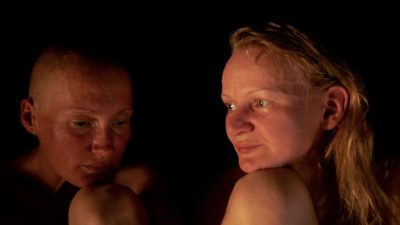
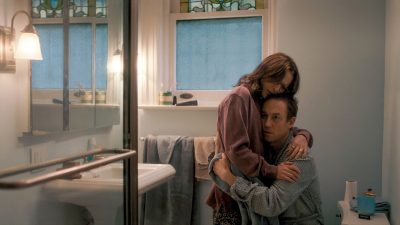
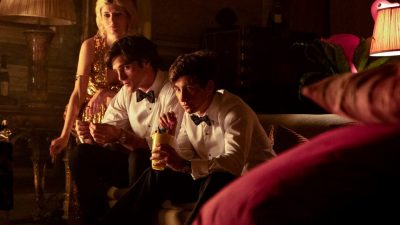
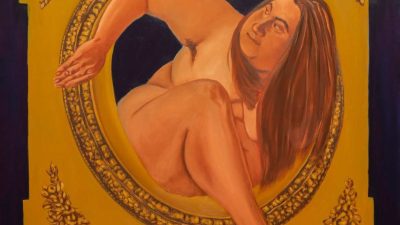
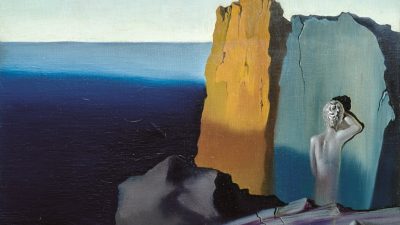



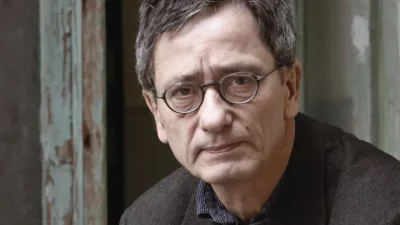



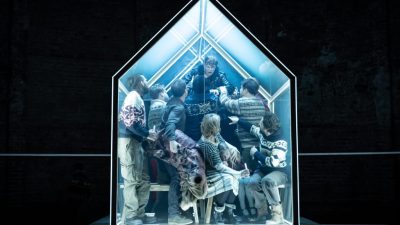






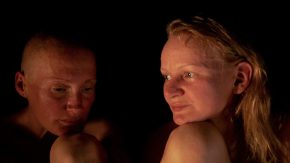


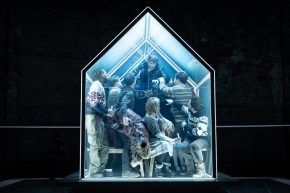


Comments